50+ Calendar
-
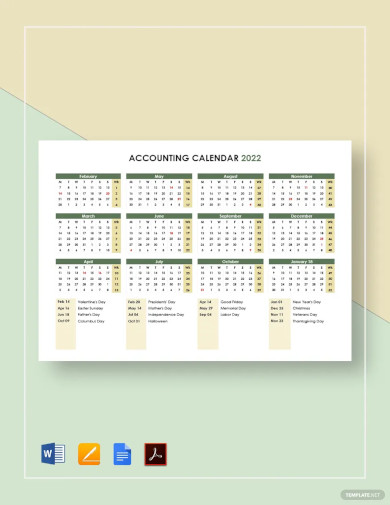
Accounting Calendar Template
download now -
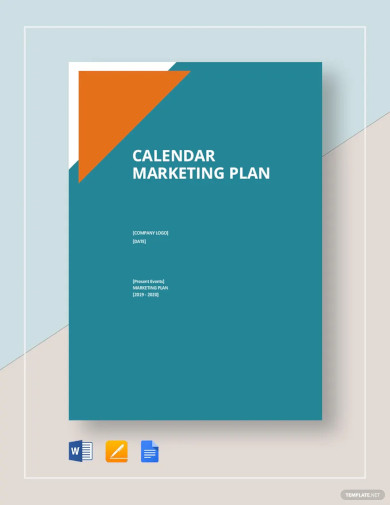
Calendar Marketing Plan Template
download now -
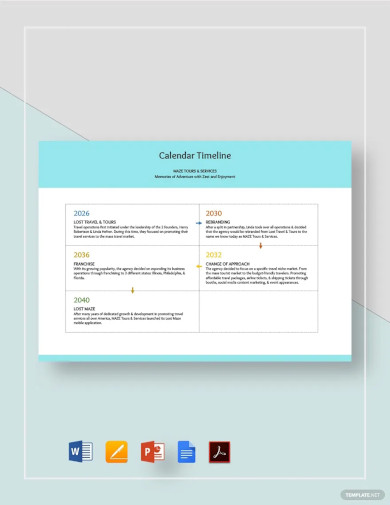
Calendar Timeline Template
download now -
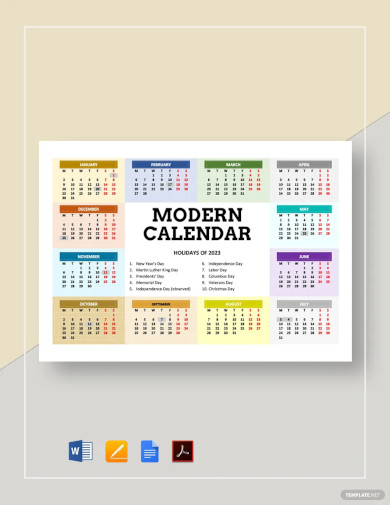
Modern Calendar Template
download now -
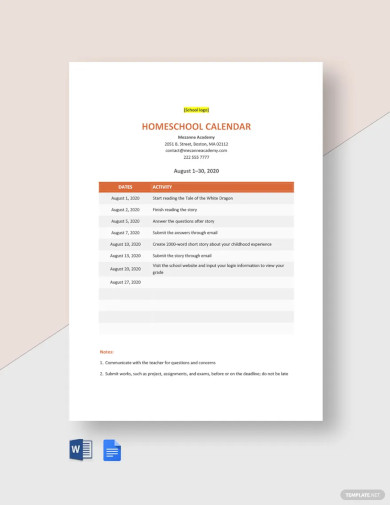
Homeschool Calendar Template
download now -
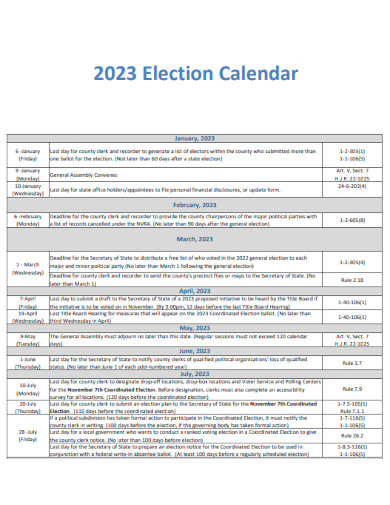
Election Calendar
download now -
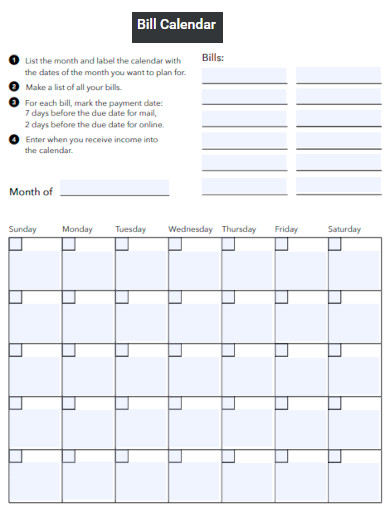
Bill Calendar
download now -
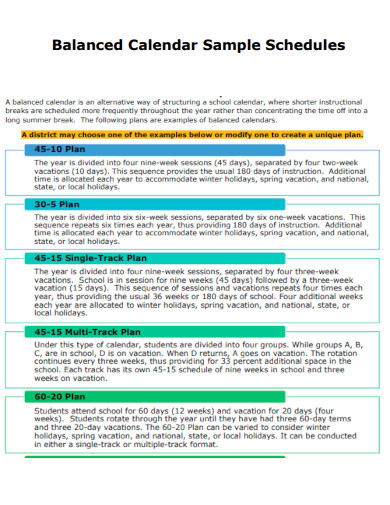
Balanced Calendar Sample Schedules
download now -

Editorial Calendar
download now -
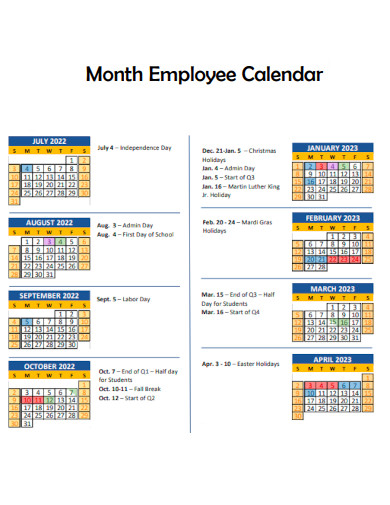
Month Employee Calendar
download now -
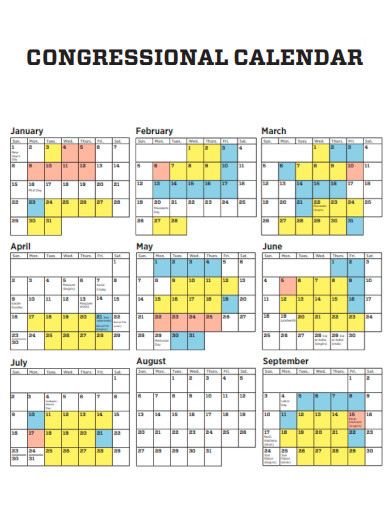
Congressional Calendar
download now -
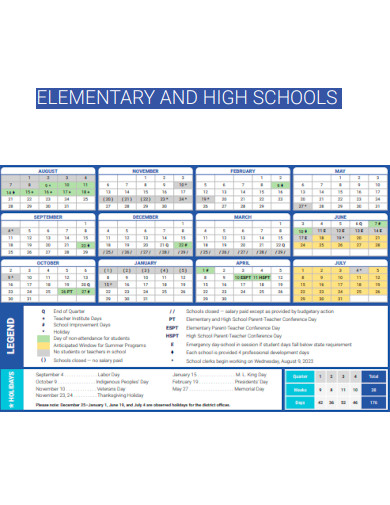
2023-2024 Calendar
download now -

Desktop Calendar
download now -

Printable Calendar
download now -
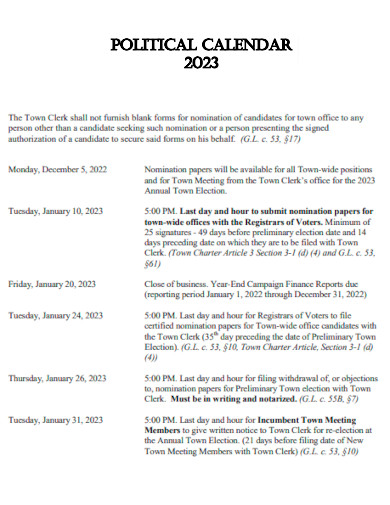
Political Calendar
download now -
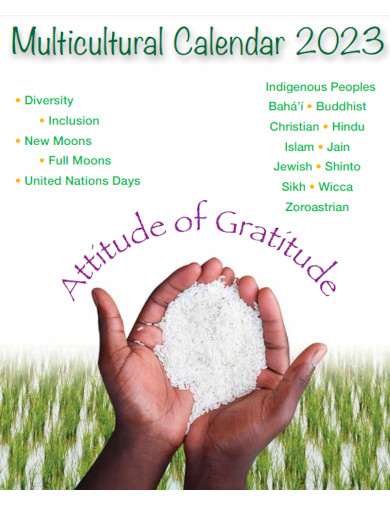
Multicultural Calendar
download now -

New Year Calendar
download now -

Student Calendar
download now -
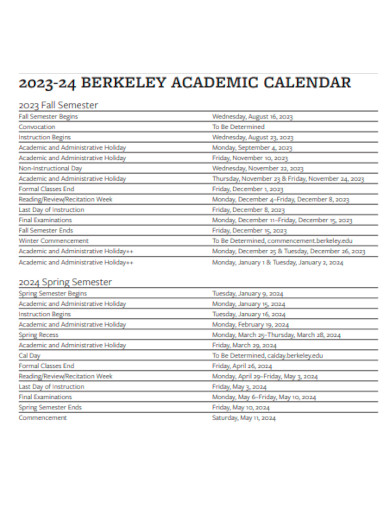
Berkeley Academic Calendar
download now -
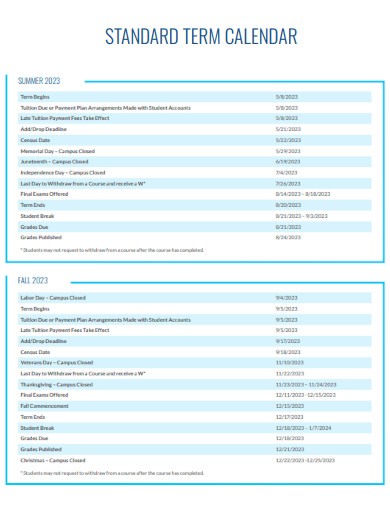
Standard Term Calendar
download now -
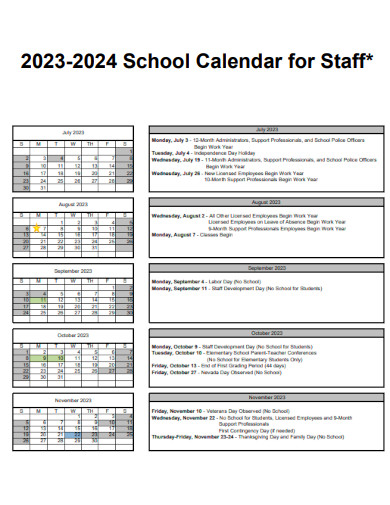
School Calendar for Staff
download now -
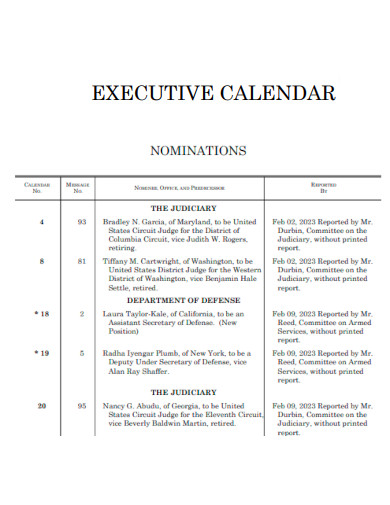
Executive Calendar
download now -
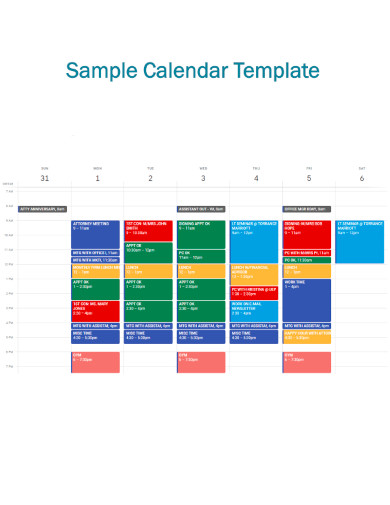
Sample Calendar
download now -
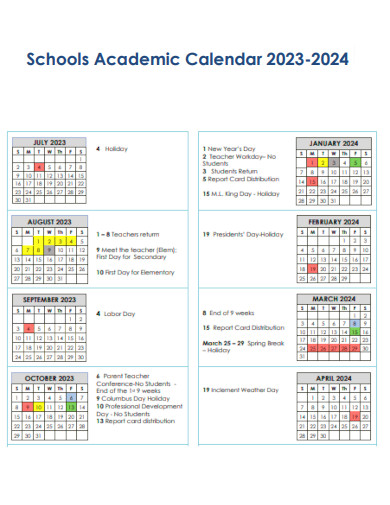
Schools Academic Calendar
download now -
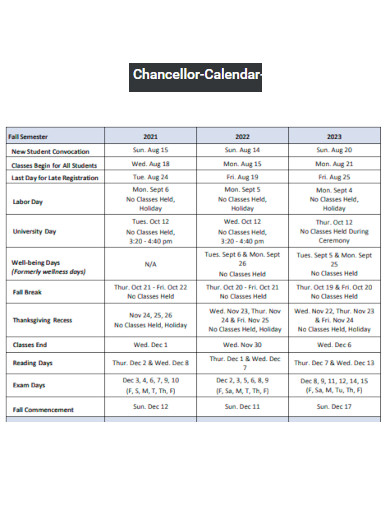
Chancellor Calendar
download now -
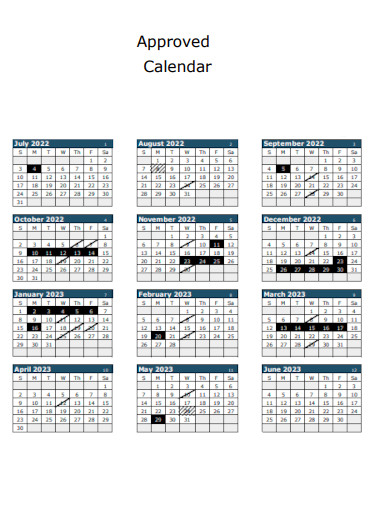
Approved Calendar
download now -
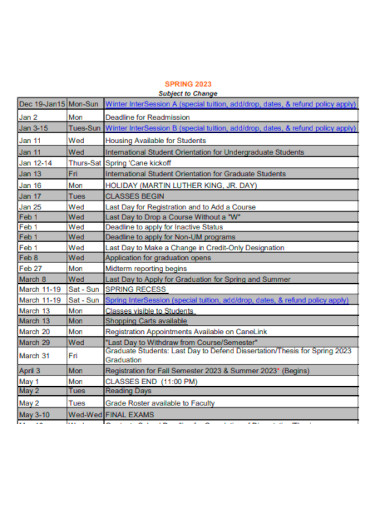
Spring Academic Calendar
download now -

Red Gold Calendar
download now -
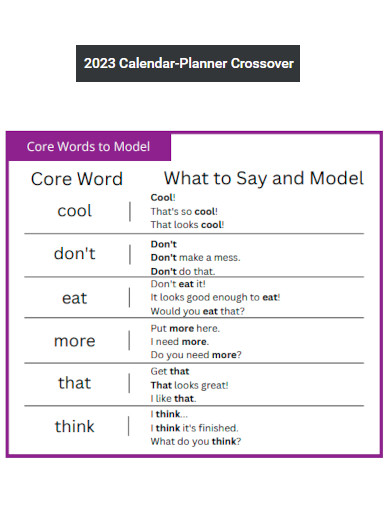
2023 Calendar Planner Crossover
download now -
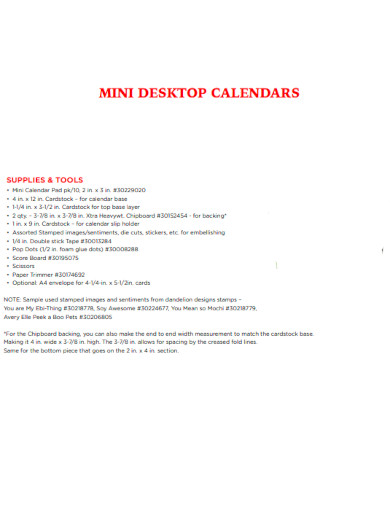
Mini Desktop Calendar
download now -
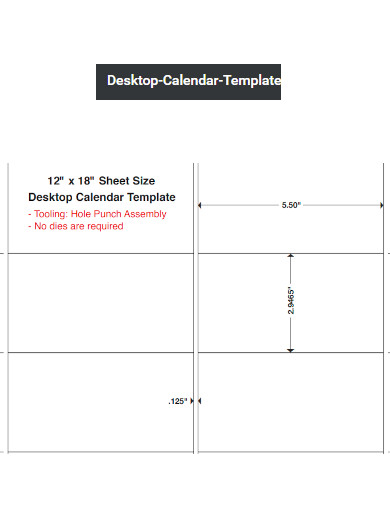
Calendar Template
download now -
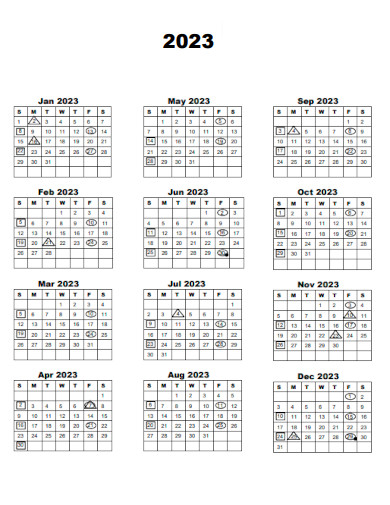
Basic Calendar
download now -
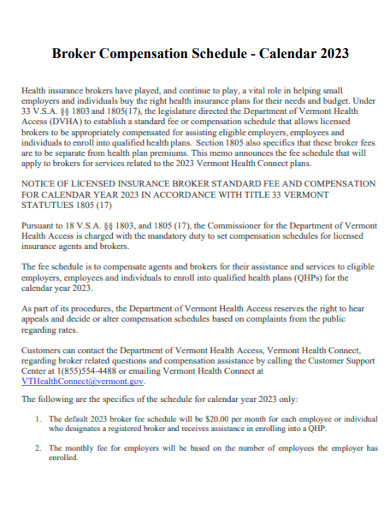
Broker Compensation Schedule Calendar
download now -
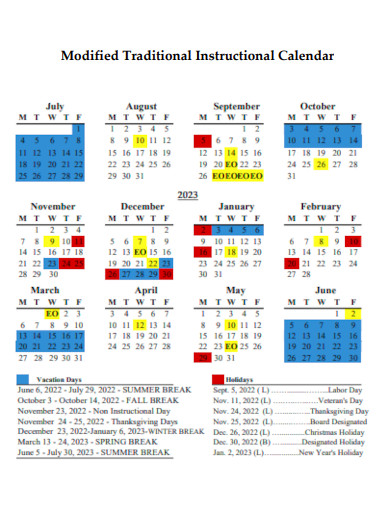
Modified Traditional Instructional Calendar
download now -
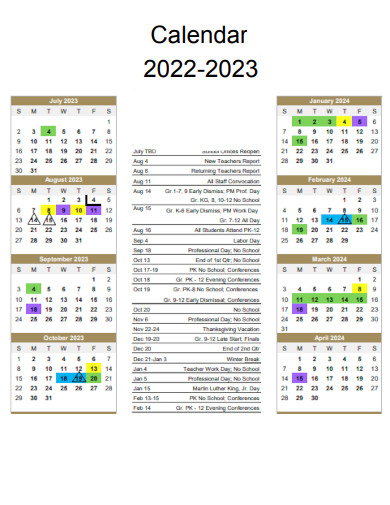
Calendar in PDF
download now -

Minimalist Planner Calendar
download now -
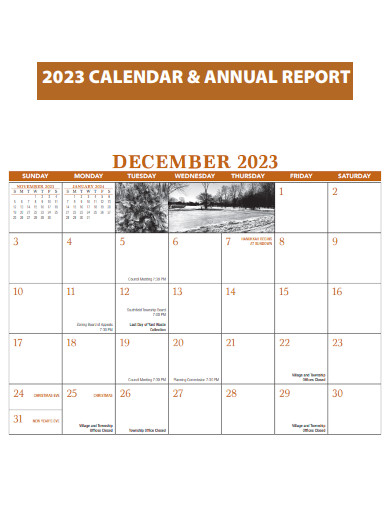
Calendar and Annual Report
download now -
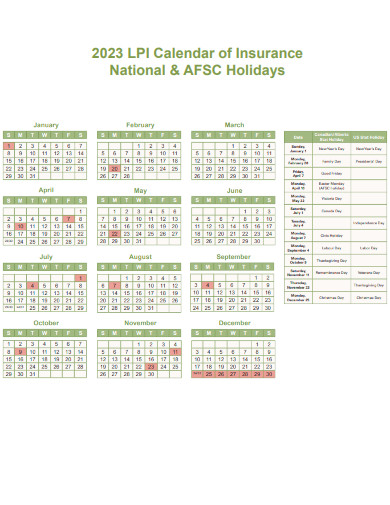
Insurance Calendar
download now -
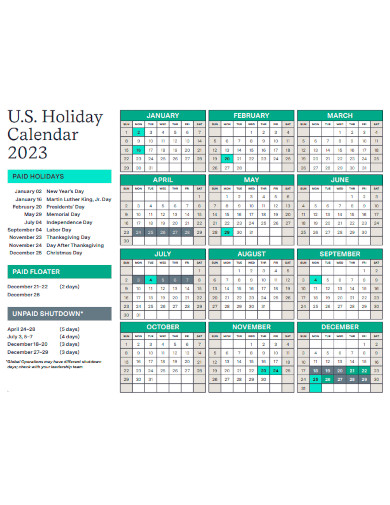
Holiday Calendar
download now -

Family School Calendar
download now -
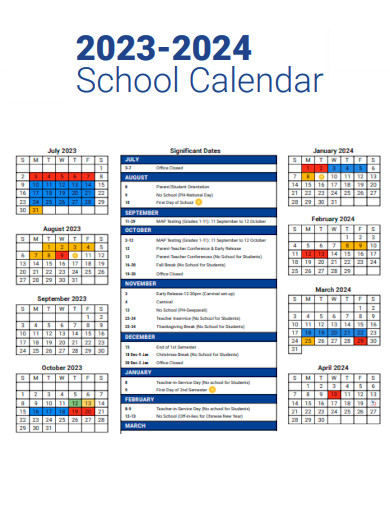
Editable Calendar
download now -
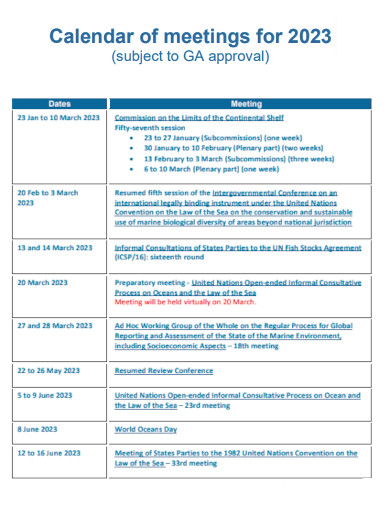
Calendar of meetings
download now -
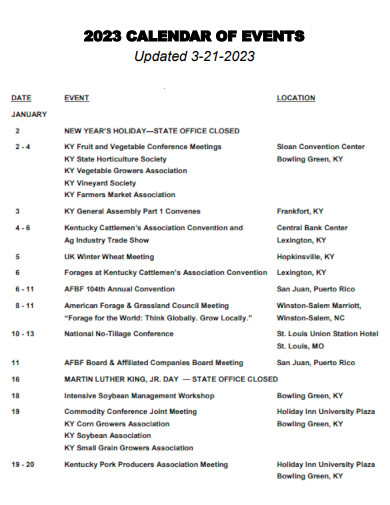
Calendar Of Events
download now -
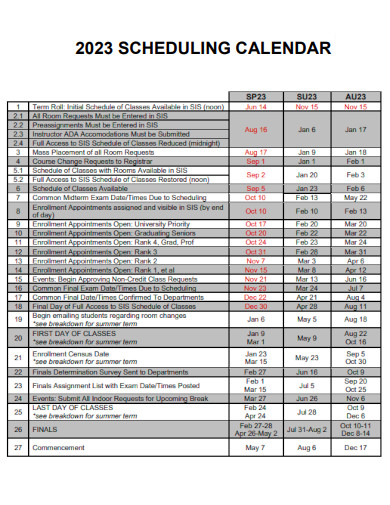
Scheduling Calendar
download now -
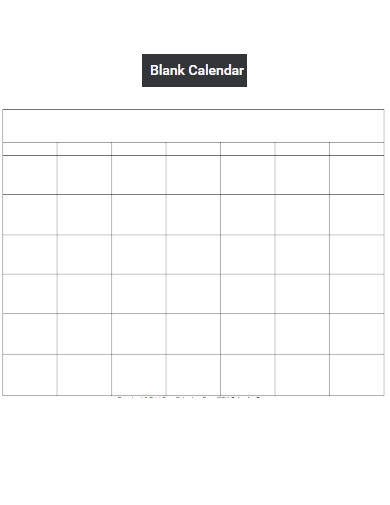
Blank Calendar
download now -
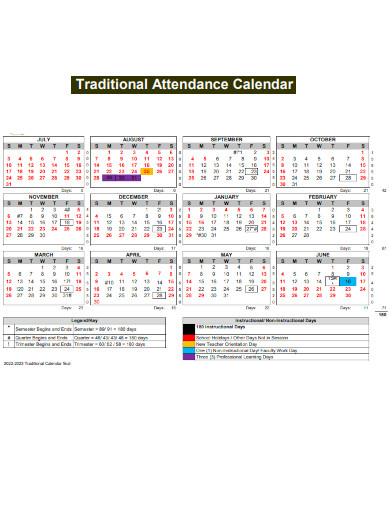
Traditional Attendance Calendar
download now -
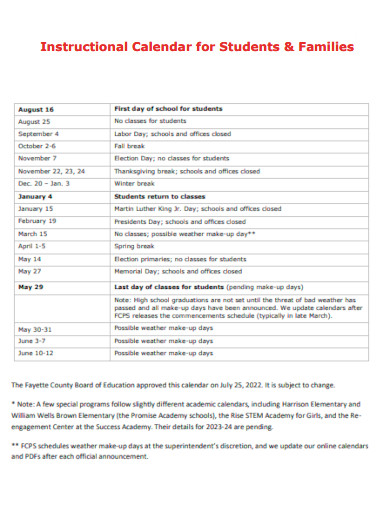
Instructional Calendar for Students and Families
download now -

Teachers Calendar
download now -

Using Calendar Wizard
download now -
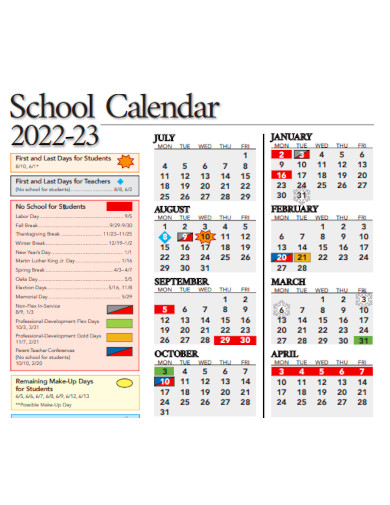
School Calendar
download now -
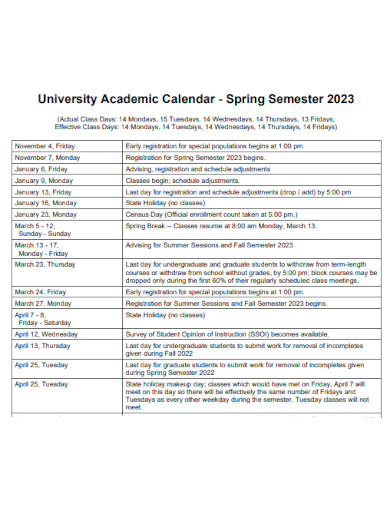
University Academic Calendar
download now
FREE Calendar s to Download
50+ Calendar
What is a Calendar?
Types of Calendars for Students, Teachers, and Other Professionals
Types of Calendars in Different Cultures
How to Create a Simple Monthly Calendar
FAQs
What are the different types of calendars in various cultures?
What are the different types of calendars for students, teachers, and other professionals?
What are the best online calendar apps?
How do I use an online calendar?
How can I print a blank calendar?
What is a Calendar?
A calendar is a system of organizing and tracking dates, days, weeks, and months, typically used to plan and manage events, appointments, and activities. It is a digital or physical tool, such as a mobile app, computer program, wall chart, or booklet, that is used to chronicle the passage of time and keep track of key dates, holidays, and events that correspond to a specific system or culture. A calendar is a graphical representation of time that depicts days, weeks, and months, typically with additional information such as holidays, moon phases, or seasons. Furthermore, it is used by cultural groups and societies to measure and divide time into coordinated units based on astronomical, lunar, or solar cycles, and it is used for planning and scheduling purposes, assisting individuals or organizations in managing their time, scheduling events, and staying organized.
According to a Doodle poll, 47% of respondents use digital calendars or scheduling applications for work-related scheduling, demonstrating a rising reliance on online calendars and apps to manage professional tasks and schedules. Many online calendars and calendar apps provide cross-device synchronization, so customers can view and manage their calendars from many different devices simultaneously. Similarly, according to eMarketer, 62.9% of US internet users utilized multiple devices to access their digital calendars in 2020, illustrating the value of seamless synchronization across numerous devices for calendar management.
Types of Calendars for Students, Teachers, and Other Professionals
Calendars are essential tools for students, teachers, and other professionals to effectively manage their time and stay organized. There are various types of calendars that cater to different needs such as academic calendars, online calendars, holiday calendars, customizable calendars, work calendars, and many others.
Types of Calendars in Different Cultures
Calendars are not only practical tools for tracking time, but they also reflect the cultural and historical influences of different societies. From ancient China’s lunar calendars to ancient Egypt’s solar calendars, numerous societies created their own methods of measuring and organizing time. Let’s explore some types of calendars in different cultures.
How to Create a Simple Monthly Calendar
Dieter F. Uchtdorf said: “The calendar is a record of our journey, a map of our past, and a guide to our future.” Creating a simple monthly calendar can be easily done using a few basic steps. Follow these five steps to create a simple monthly calendar.
Step 1: Specify the Month and Year
Choose the month and year for which you plan on creating a calendar. This will be the time period displayed by your calendar.
Step 2: Select a Format
Choose whether you want a digital calendar, a physical print, or a hand-drawn version for your calendar. Based on your preferences and requirements, consider size, layout, and design.
Step 3: Create a Grid
Make a grid with seven columns for the days of the week (Sunday through Saturday) and five or six rows for the weeks of the month. You can create the grid using software, a calendar template, or by hand.
Step 4: Fill in the Dates
Put the dates for the specified month and year in the grid’s corresponding cells. Begin with the first day of the week for that month and work your way through until the last day of the month, matching the dates to the respective days of the week.
Step 5: Add Additional Details
Add any additional details you desire to your calendar, such as holidays, appointments, events, or personal notes. To make a distinction between various forms of information, use different colors, symbols, or icons.
FAQs
There are various types of calendars, including the Gregorian calendar, lunar calendar, solar calendar, Hebrew calendar, Islamic calendar, Japanese calendar, and many others that are specific to different cultures and religions.
The different types of calendars commonly used by high school students, college students, teachers, and other professionals include the academic calendar, planner calendar, project calendar, fiscal calendar, and social media calendar.
The best online calendar apps are Google Calendar, Microsoft Outlook Calendar, Apple Calendar, Any.do, and Calendly. Google Calendar is a popular online calendar app that offers a range of features, including event scheduling, reminders, shared calendars, and integration with other Google services. Microsoft Outlook Calendar offers a user-friendly interface, robust scheduling features, and seamless integration with Microsoft Office tools. Apple Calendar is designed for Apple users as it offers synchronization across multiple devices, intuitive design, and integration with iCloud, Siri, and other Apple services. Any.do is a versatile online calendar app that offers a combination of calendar and task management features, allowing users to schedule events, set reminders, and create to-do lists in one place. Calendly is a scheduling-focused online calendar app that simplifies appointment booking, event scheduling, and meeting coordination, with options for customization, integration with other apps, and time zone management.
Using an online calendar typically involves creating an account, adding events or appointments, setting reminders, and managing your schedule digitally using a web-based or mobile app.
Printing a blank calendar can be done by downloading printable calendar templates from websites or using calendar software that allows you to customize and print calendars.
What are the different types of calendars in various cultures?
What are the different types of calendars for students, teachers, and other professionals?
What are the best online calendar apps?
How do I use an online calendar?
How can I print a blank calendar?
Calendars have a significant function in helping students, professionals, and individuals manage their time wisely in today’s fast-paced environment. Understanding the various types of calendars available, from digital tools like Google Calendar and online calendar apps to classic printed calendars, may considerably boost efficiency and management. Further to that, learning about other varieties of calendars in different cultures, such as the lunar-based calendars of Ramadan or Jewish holidays, increases cultural knowledge and respect. Besides that, learning how to make a simple monthly calendar, whether it’s a printable, blank, or elegant 12-month version, allows people to customize their calendars to meet their own needs. Those who use calendars may very well stay organized, utilize their resources efficiently, and achieve their objectives with confidence. Sample.net provides a diverse calendar and planner template collection you can use such as annual calendars and checklists, year calendars, weekly student planners, etc.
